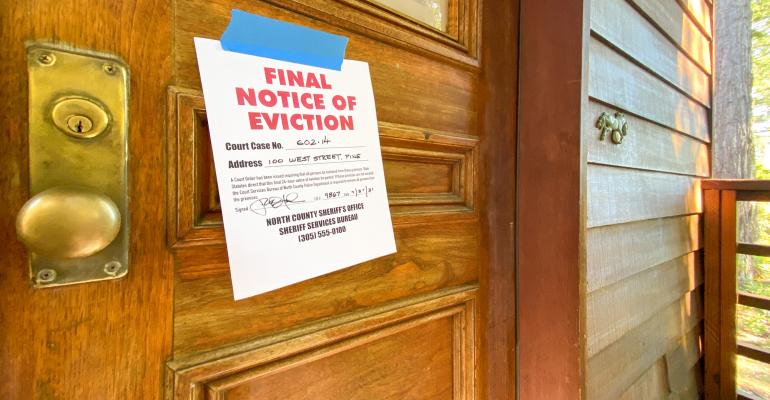The layoffs and financial struggles brought on by the COVID-19 pandemic have highlighted the plight of tenants struggling to make their rent, leading to eviction moratoriums and calls to “Cancel Rent.” But what has often gotten lost in the conversation is that many residential landlords are not deep-pocketed corporations that can somehow withstand sharp drops in their revenues for multiple months, but small mom-and-pop operators with only a few properties to their names.
This is particularly true in the single-family rental sector, where the vast majority (90 percent) of owners are still mom-and-pops, according to real estate data company RealtyTrac. And those independent operators tend to be highly leveraged, says a recent report from the firm. RealtyTrac estimates that among the country’s 100 largest counties based on the total number of SFR properties, the average default risk score is 43.6. Fifty-three percent of SFR properties in those counties are at an above average risk of default. RealtyTrac based its estimates on three criteria—the overall percentage of properties that were classified as rental units, the local unemployment rate and the average loan-to-value (LTV) ratios on local SFR properties.
The firm then created a 0 to 100 weighted risk average, with 100 representing the highest risk of potential default. The firm analyzed property information in 3,143 counties in the U.S., based on Attom Data Solutions real estate and mortgage data. Here is a list of the 10 counties RealtyTrac came up with that currently exhibit the highest scores for potential SFR defaults.





